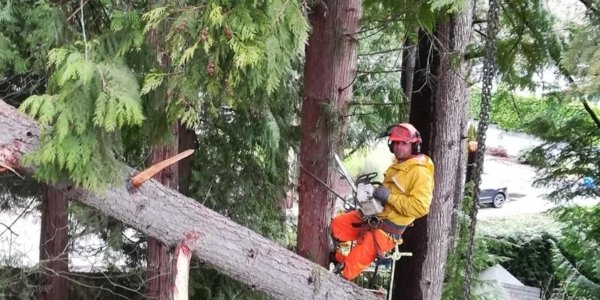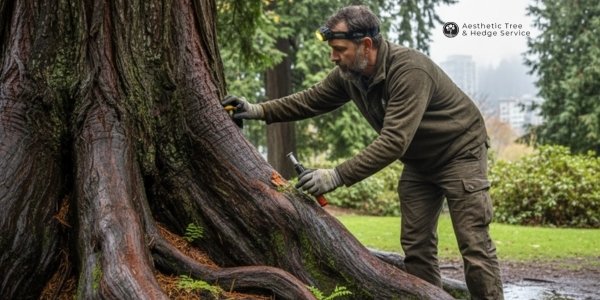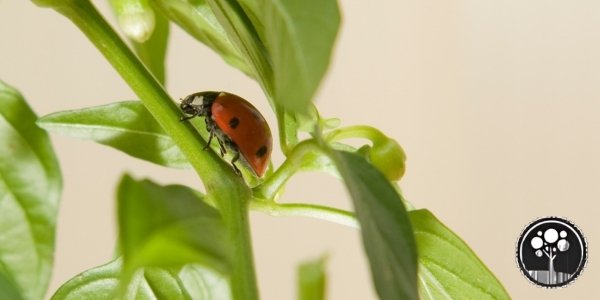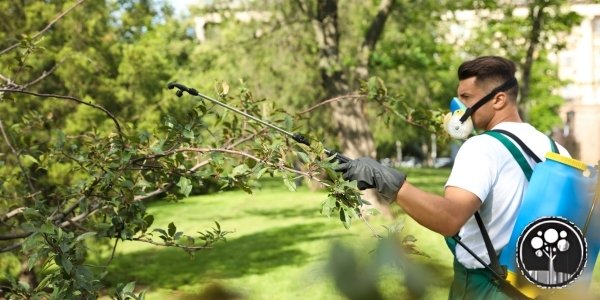What’s an invasive species?
These are species that are not native to a particular ecosystem and also have the potential to harm the environment, harm human health, and the economy. They are able to survive, reproduce and spread, unaided, and sometimes at alarming rates across landscapes.
Invasive species are fast spreading and may harm a particular habitat, region, forested areas or wilderness area by dominating. This leads to the loss of natural controls such as predators and herbivores. Invasive species can either be plants or animals.
Invasive species should be confined within their natural geographical areas. Botanists, farmers, land managers and researchers sometimes use the title invasive species for noxious weeds such as Andean pampas grass, kudzu vine, and Yellow star thistle.
A large number of these species are introduced through human activity. This means that not every tree you may plant or encourage to grow is beneficial to your landscape.
Traits that enable invasive species.
Invasive species possess tarts or combination of traits that enable them to out-compete indigenous species. Some of these traits include fast growth, fast reproduction, and fast dispersal rates. These species are able to tolerate a wide range of environmental conditions and can also alter their growth form to suit current conditions.
To establish itself, an invasive species must outcompete native species for water, nutrients, physical space or food.
Common invasive tree species.
Tree of heaven: its scientific name is Ailanthus altissima and was introduced to North America by a gardener in the 18th century. The ability of the tree to grow rapidly even under adverse conditions enabled it to spread quickly over vast distances.
The tree also produces toxic chemicals through its bark which kill neighboring tree hence eliminating competition for resources. Tree of heaven grows to a height of about 100 ft and has a fern-like compound leaf that maybe 2-4 ft in length.
Royal paulownia: The scientific name Paulownia tomentosa and was introduced to North America for ornamental reasons from China in the 19th century. The tree has rounded crown, heavy and clumsy branches and can grow to a height of about 50 ft.
Recently, the tree is being produced for its wood product which fetch high market prices. The tree grows aggressively in disturbed environments including stream banks, rocky slope surfaces and forested. In its process of growth, it displaces the species indigenous to those areas.
White pollar: The scientific name is Populus alba and was also introduced from Asian countries in the 18th century. Originally intended for ornamental purposes, the tree has escaped and spread widely from initial planting areas. The tree is able to outcompete native species due to its ability to grow in a variety of soils even in sunny areas. White pollar produces huge seed crops and is able to re-sprout fast in response to a damage.
Tallow tree/Chinese tallow tree.
This tree is also referred to as popcorn tree because of its beautiful bone white seeds that contrast nicely to its fall color. Its scientific name is Triadica sepifera and was introduced to North America on purpose for seed oil production and for ornamental purposes.
Tallow tree is a fast grower and it takes this advantage to terrorize prairies and grasslands to the detriment of native species. The tree has broad pyramid shaped crown and can grow to a height of about 50 ft. The plant is poisonous but not to touch.
Summary.
Invasive species offer a number of advantages and disadvantages to a habitat. Unchecked these species can easily replace native species in large forested areas or destabilize a habitat. Although people mostly focus on the negative side, invasive species can offer a number of benefits.
Invasive trees can be harvested and used as source of bioenergy. Other invasive species such as the Royal paulownia produce quality wood that have compete prices in the market.





